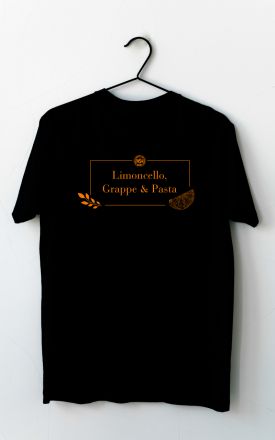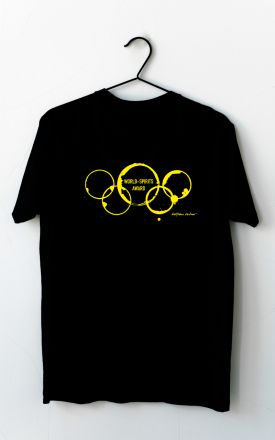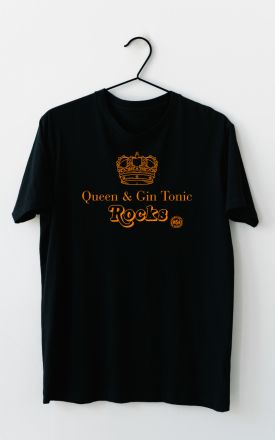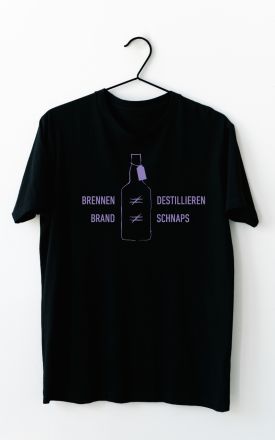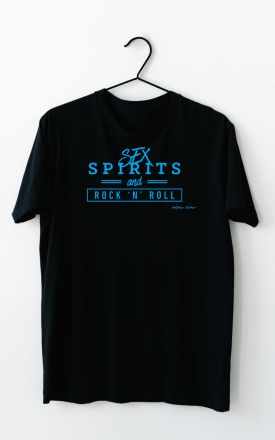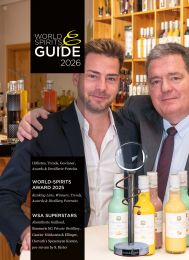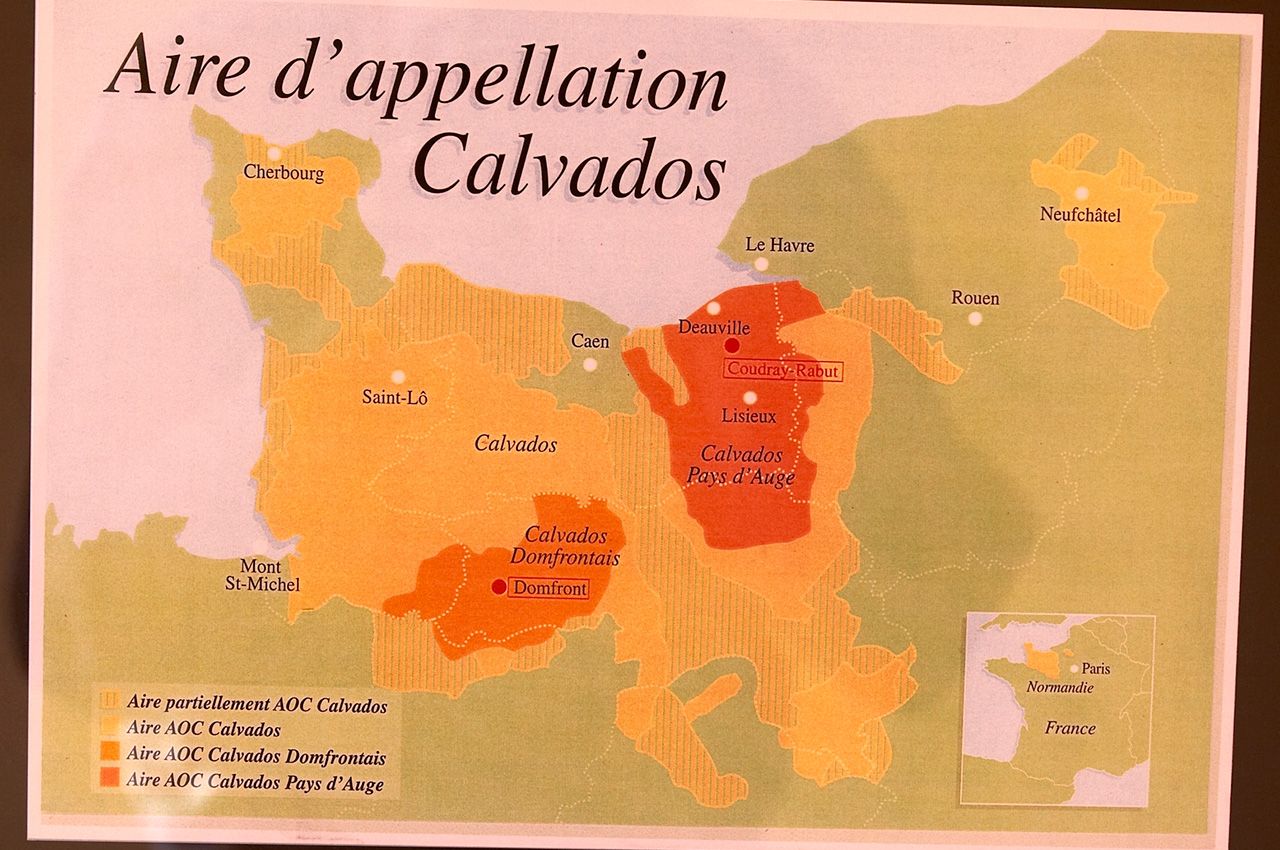
Inhaltsverzeichnis
- Introduction: Liquid chocolate cupcakes in a glass
- The egg liqueur base: the foundation of liquid chocolate cupcakes
- Chocolate-Nougat: dense chocolate and roasted hazelnut layers
- Chocolate-Orange: fruity lift against dark chocolate depth
- Chocolate-Chili: gentle heat and chocolate sweetness
- Chocolate-Mint: After Eight reimagined as a liqueur
- How sweet and strong are these liqueurs?
- Production and sourcing insights
- Serving suggestions: neat, over ice, or with ice cream
- Comparisons and the dessert-as-drink concept
- Recommendations for buyers and enthusiasts
- Frequently Asked Questions (FAQ)
- Final thoughts and takeaways
- Credits
Chocolate Liqueur Tasting – Liquid Chocolate Cupcakes | A Deep Dive into Liquid Chocolate Liqueurs
Inside World-Spirits TV presents an exploration of indulgence in a glass: the hocolate Liqueur Tasting – Liquid Chocolate Cupcakes session led by a host and featuring expert guest Florian Mückstein. This write-up examines why these creamy, dessert-like liqueurs taste like liquid versions of chocolate cupcakes, how they are made, what ingredients define them, and how to enjoy them best. The article follows the spirit of the original tasting and expands on the producers’ choices, ingredient sourcing, and serving recommendations for lovers of chocolate and spirits alike.
Introduction: Liquid chocolate cupcakes in a glass
The idea that a liqueur can mimic the texture and flavor profile of a chocolate cupcake may sound playful, but the reality is grounded in traditional pastry techniques and carefully chosen ingredients. The hocolate Liqueur Tasting – Liquid Chocolate Cupcakes session frames these liqueurs as more than sweet drinks: they are liquid desserts, crafted to deliver the scent, mouthfeel, and layered flavors of a plated confection, but in a pourable form.
In the tasting, the guest explains that these chocolate liqueurs often begin with an egg liqueur base—part custard, part sponge-cake memory. Building on that foundation, chocolaty variations are developed using real chocolate extracts, hazelnut pastes, fruit essences, spice extracts, and natural peppermint. Throughout this article the reader will encounter tasting notes, technical insights, suggestions for service, and ideas for using these liqueurs beyond a simple digestif. The phrase hocolate Liqueur Tasting – Liquid Chocolate Cupcakes will return often because it encapsulates the focus: a tasting that explores liquid versions of chocolate cupcakes in spirit form.

The egg liqueur base: the foundation of liquid chocolate cupcakes
Most of the chocolate liqueurs showcased in this tasting start from an egg liqueur base. This base is not a random choice; it provides a creamy, custardy backbone reminiscent of a sponge cake soaked in flavor. The egg liqueur base typically contains egg yolk, milk, cream, honey, and vanilla. Its texture and aroma create that immediate association with sponge cake and pastry.
Legally, an egg liqueur is treated differently from other liqueurs: while most liqueurs must contain at least 15% alcohol by volume, the egg liqueur has a statutory exception that allows it to contain as little as 14% ABV. Producers may opt to add a small margin—often 15% ABV—to ensure stability and shelf life. Alcohol helps preserve the product, but fat and sugar also play a major role in texture and preservation.
When tasted, the egg base wraps the palate in a creamy, velvety coating that mimics a liquid sponge cake: soft, slightly eggy but not in a cooked-egg way, more like a fresh, pastry-style egginess. That tactile sensation is the cornerstone for imagining a cupcake in a glass. The tasting intentionally emphasizes the base before adding chocolate to illustrate how critical it is to the final product’s feel.
Key technical notes about the egg base
- Core ingredients: egg yolk, milk, cream, honey, vanilla.
- Alcohol content: typically around 14–15% ABV to balance stability and sensory profile.
- Texture goal: creamy, sponge-cake-like mouthfeel, not watery or alcoholic-forward.
Chocolate-Nougat: dense chocolate and roasted hazelnut layers
The first flavored variation tested during the hocolate Liqueur Tasting – Liquid Chocolate Cupcakes is Chocolate-Nougat. This format aims to capture the deep, bittersweet profile of dark chocolate with the toasted, aromatic lift of hazelnuts—essentially a liquid take on chocolate-hazelnut confections and tartlets.

Tasting notes from the session describe it as intensely chocolatey in the mouth, with almost chunk-like presence despite being a liquid. The nougat approach intensifies creaminess when combined with the egg liqueur base. The hazelnut aroma comes across as roasted and delicate: more pronounced nuttiness than artificial nougat, leaning toward the toasted skins and inner oil of real hazelnuts.
Producers often source hazelnuts from Turkey, which supplies a significant share of the global hazelnut market. According to the discussion, roughly 70% of the annual world harvest comes from Turkey. For brands that produce nut pastes or spreads for bakeries and ice cream makers, controlling the roasting and grinding process is key to achieving the right aromatic profile in the final liqueur.
Why the hazelnut note matters
Hazelnut contributes more than flavor: it contributes mouthfeel. Oils from roasted hazelnuts help the liqueur cling on the palate, creating that dense, dessert-like sensation. When combined with dark chocolate, the roasted notes give depth, while the chocolate delivers the bitter-sweet backbone that prevents the product from becoming cloyingly sweet.
Chocolate-Orange: fruity lift against dark chocolate depth
Next in the line-up is Chocolate-Orange—a flavor pairing that might surprise those who haven’t experienced citrus with dark chocolate. The session highlights how orange oils and essences can lift a heavy chocolate base and introduce a delicate, aromatic complexity.

Tasters noted an initial heavy scent that might have given pause, but on the palate the orange reveals itself as ethereal and aromatic—a citrus brightness that melds with the chocolate base rather than competing with it. The producer compared the liquid version to a pastry chef’s chocolate-orange tartlet, and even suggested making miniature tartlets as a companion gift product.
Chocolate and orange marry well because the citrus elements cut through richness and add a festive character that many associates with holiday desserts—think chocolate-coated gingerbread or orange-scented confections. This creates an experience where the chocolate tastes both indulgent and lively, particularly with dark chocolate supporting the citrus top note.
Chocolate-Chili: gentle heat and chocolate sweetness
One of the most intriguing entries in the hocolate Liqueur Tasting – Liquid Chocolate Cupcakes series is Chocolate-Chili. This iteration blends chocolate sweetness with a subtle, warming chili finish. Rather than aiming for extreme heat, the producer balances spiciness to complement—not overpower—the sweet chocolate.

The chili ingredient often comes from red habaneros sourced from regions such as Burgenland. Instead of adding raw chilis, producers create a chili extract by preparing and processing the peppers into a controlled concentrate. That extract contributes a unique aroma—described in the tasting as pepper-like and slightly cabbage-like at its core—but the integration ensures that the pungency is aromatic and warming rather than a burning sensation.
On the palate, the chili arrives later in the flavor progression: the chocolate sweetness dominates the initial impression, then a gentle warmth develops, settling in the head and finishing the sip with spice. This finish is intentional: it broadens the sensory arc of the drink and creates a memorable conclusion that invites repeat sips.
Design choices for chocolate-chili liqueurs
- Use a chili extract rather than crude peppers to control intensity.
- Target a pleasant warmth rather than competitive Scoville levels.
- Balance sweetness so the chili accentuates rather than overwhelms.
Chocolate-Mint: After Eight reimagined as a liqueur
Finally, the tasting explores Chocolate-Mint—the liquid equivalent of mint-filled chocolate squares like After Eight. This variant polarizes drinkers: some adore the cooling peppermint contrast to dark chocolate; others avoid mint entirely. The manufacturers use natural peppermint extract to obtain an intense, fresh aroma that registers as cooling on the nose and palate.

The experience is cooling and refreshing, with a concentrated peppermint arrival that clears the nasal passages and leaves the chocolate base intact. This makes Chocolate-Mint suitable for two different use cases: as a palate-refreshing after-dinner sipper or as a dessert accent in collaborations with mint-flavored pastries or ice creams.
How sweet and strong are these liqueurs?
A practical question from the tasting is how alcoholic and how sweet these liqueurs are. The guest notes that while the alcohol content is typically set to ensure stability (often 14–15% ABV), the sugar content is substantial: many cream-based liqueurs of this style register around 50% sugar by weight. That means they are undeniably sweet and more dessert-like than spirit-forward.
For consumers, the implications are clear: these are not sippers for alcohol intensity; their appeal is in flavor, texture, and including them in dessert contexts. One commentator in the tasting joked that overconsumption would likely lead to a sugar shock before intoxication, underscoring their decadent sweetness.
Balancing act: sugar, fat, and alcohol
- Sugar adds body, mouth-coating sweetness, and shelf-life stability to creams.
- Fat (from cream, yolks, or nut oils) gives a tactile richness resembling baked goods.
- Alcohol stabilizes the product but remains in the background to let flavors shine.
Production and sourcing insights
Beyond tasting, the session sheds light on sourcing and production considerations. For example, hazelnuts predominantly come from Turkey; major players in the nut market sometimes control substantial percentages of farmland and processing capacity worldwide. Large producers may even acquire land across different “hazelnut belts” to control quality and supply chains.

Producers who also supply nut paste to commercial bakeries and ice cream makers typically roast and grind nuts in-house to ensure consistency. This vertical integration allows for better flavor control and lets the liqueur producer dial in roast levels to achieve the desired hazelnut aromatics. For chili, using locally sourced red habaneros and turning them into extracts allows for consistent seasoning across batches.
Serving suggestions: neat, over ice, or with ice cream
How to serve these chocolate liqueurs? The tasting emphasizes three main approaches, and each produces a distinct experience:
- Neat at room temperature — best for tasting and appreciating texture and aroma.
- Over ice — ideal in warm weather and for light dilution that releases aromas.
- As a sauce for desserts — pour over vanilla ice cream to create a liquid chocolate cupcake experience on top of frozen dessert.

Many tasters preferred the liqueurs at room temperature for pure tasting because chilling can mute aromas. However, when used as a component—like a chocolate sauce over vanilla ice cream—some chill or heat adaptation can be used to make the liqueur play the role of a dessert topping. Adding a few ice cubes when serving neat is also acceptable if the goal is to slightly chill and dilute for easier drinking.
Pairing ideas and extra uses
- Pour over vanilla ice cream for instant dessert.
- Use a splash in coffee or an espresso martini for chocolate-hazelnut lift.
- Drizzle on pancakes or waffles for a quick brunch treat.
- Muddle a small measure into hot chocolate for enhanced complexity.
- Offer mini tartlets or chocolates alongside a tasting flight to mirror the flavors.
Comparisons and the dessert-as-drink concept
The entire tasting is framed around the idea of treating a liqueur as a dessert substitute—what the host calls “liquid nourishment.” The egg base evokes sponge cake, the nuts create pastry-like oils, and the chocolate derivatives recreate ganache and fillings. This approach positions the liqueurs as multi-functional: they can be savored like a dessert, used as an ingredient in confectionery applications, or offered as a unique gift.
Designing such products requires an understanding of pastry flavor profiles and spirit regulations. For example, the egg liqueur legal allowance at 14% ABV enables a custard-like base that would be harder to stabilize at higher ABV levels without altering mouthfeel. The sugar levels are intentionally high to capture dessert sweetness, though producers must be mindful of labelling and consumer expectations.
Recommendations for buyers and enthusiasts
For those intrigued by the concept of sipping a chocolate cupcake in a glass, the tasting suggests several practical takeaways:
- Start with a small pour: these liqueurs are sweet and rich, so small measures are satisfying.
- Try temperature variations: room temperature for aroma, chilled or on ice for refreshment, and warmed or drizzled over ice cream for dessert applications.
- Explore pairings: chocolate-nougat works well with coffee; chocolate-orange suits citrus-based desserts or light biscuits; chocolate-chili pairs with dark chocolate plated desserts; chocolate-mint is perfect after a heavy meal.
- Consider gifting: small tartlets, mini bottles, or paired packages with chocolates make thoughtful presents that echo the liquid cupcake concept.
Final thoughts and takeaways
The hocolate Liqueur Tasting – Liquid Chocolate Cupcakes demonstrates how skilled producers translate pastry sensibilities into bottled form. By starting with an egg liqueur base that evokes sponge cake, then layering dark chocolate, hazelnut, orange, chili, or mint, they produce multi-dimensional drinks that function as desserts in their own right.

These liquid cupcakes are not for everyone—some will find them too sweet or too dessert-like—but for fans of chocolate, pastry, and experimentation, they offer a new way to enjoy familiar flavors. Whether sipped neat, poured over vanilla ice cream, or used in a creative cocktail, they invite the drinker to think of liqueur as both a beverage and a culinary ingredient.
For those wanting to explore further, seek out producers who disclose sourcing and production methods, especially for ingredients like hazelnuts and chili extracts. Tasting with a small plate of complementary foods—plain biscuits, vanilla ice cream, or coffee—will reveal how these liqueurs can perform at the table or behind the bar.
Ultimately, the hocolate Liqueur Tasting – Liquid Chocolate Cupcakes concept highlights how craftsmanship and culinary understanding can create delightful, indulgent products that are as enjoyable to discuss as they are to drink.
Credits
This article is based on a tasting session presented by Inside World-Spirits TV featuring Florian Mückstein. It distills tasting notes, technical insights, and practical recommendations discussed during the session to offer a comprehensive guide for readers and enthusiasts interested in chocolate-flavored liqueurs that resemble liquid cupcakes.
FAQ - Häufig gestellte Fragen
No. The chili is typically present as an extract calibrated for flavor and warmth, not competitive heat. The aim is a balanced, pleasant warming finish rather than an intense burn.
Store in a cool, dark place and follow the producer’s storage guidance. Cream-based liqueurs often have a best-before date; refrigeration after opening may be recommended for longer freshness.
Many do. The egg liqueur base contains egg yolk. Chocolate-nougat variants contain hazelnut paste or oils. Always check labels for allergens and cross-contamination warnings.
Yes. These liqueurs can be used to flavor ice cream, sauces, fillings, and even certain baked goods where alcohol will either cook off or remain to contribute flavor. Consider using them sparingly in recipes to avoid excessive sweetness.
They are quite sweet—many cream-based chocolate liqueurs can contain sugar levels approaching 50% of the formulation. For this reason they are best enjoyed in small servings or used as dessert components.
Yes, they contain alcohol. Egg-based liqueurs are typically formulated around 14–15% ABV to balance stability and sensory experience. The alcohol is present but intentionally subdued so that flavor and texture are the focus.
In the context of this tasting, "liquid chocolate cupcakes" refers to liqueurs that replicate the flavors and textures of chocolate cupcakes using a creamy egg-based liqueur foundation, chocolate extracts, nut pastes, fruit essences, and spices. The aim is to achieve the scent, mouthfeel, and layered flavor of a cupcake in a pourable format.
Sesorisches Wissen Kompakt - IWS.TV Fibel


Cachaça: Brazil’s National Spirit Explained Simply



